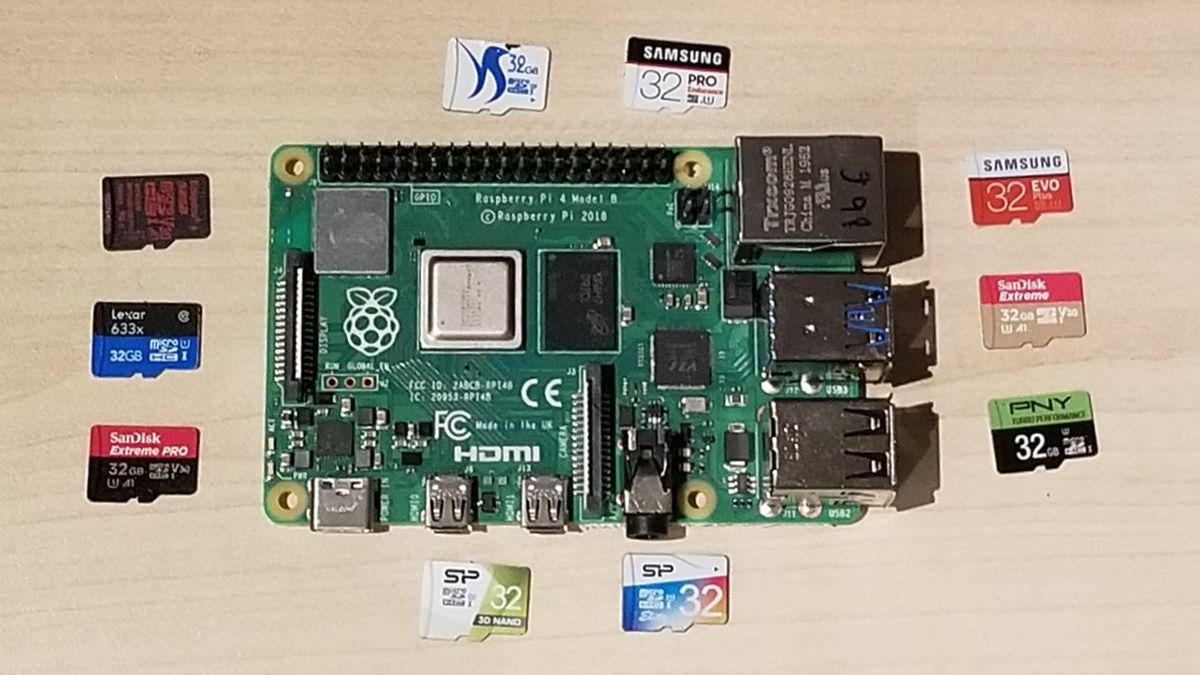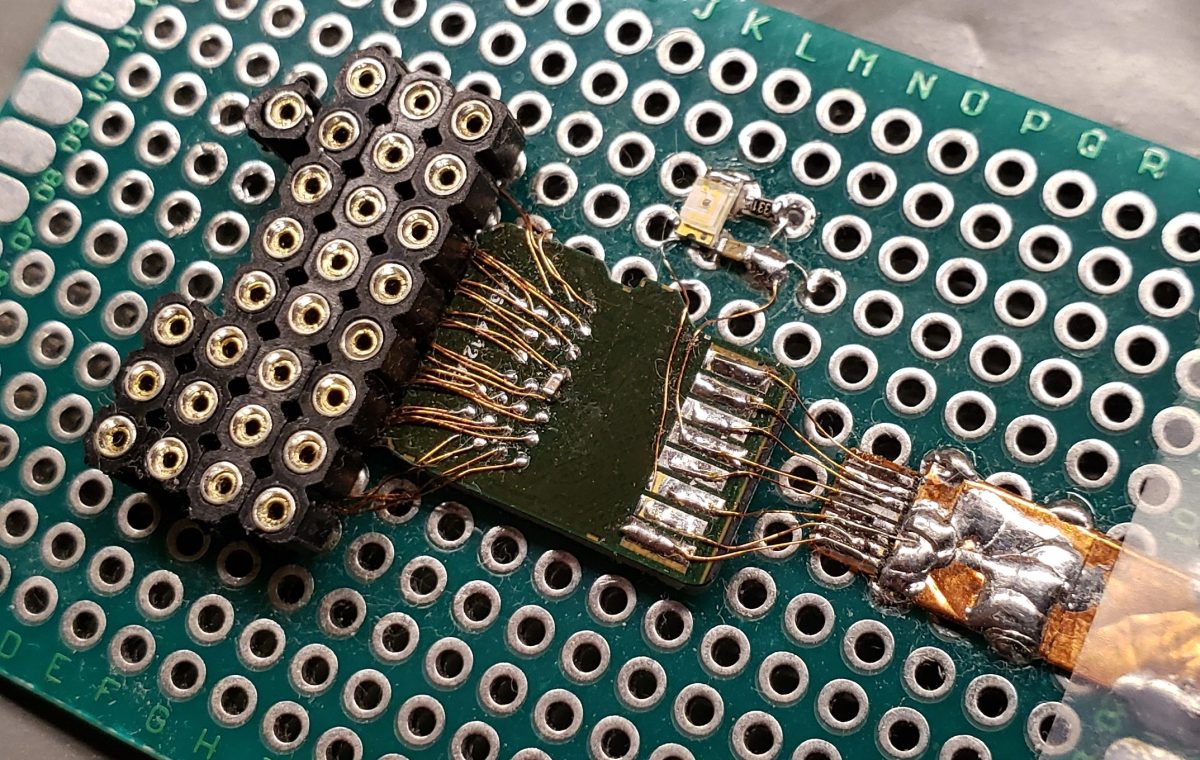Could i use the lower power consumption of my Raspberry to compile applications for my AMD64 Desktop ? How ?
Call it "reverse" cross-compiling ?
Call it "reverse" cross-compiling ?

Imagine LLVM taking several hours to complete on a fairly beefy AMD64 desktop, how long do you think it will take on a rather under-performing Raspberry Pi?Could i use the lower power consumption of my Raspberry to compile applications for my AMD64 Desktop ?
Sensor Reading : 144 Watts
Sensor Reading : 144 Watts
-------
Sensor Reading : 204 Watts
--------
Sensor Reading : 280 Watts
Sensor Reading : 280 Watts
Sensor Reading : 280 Watts PID USERNAME THR PRI NICE SIZE RES STATE C TIME WCPU COMMAND
96506 titus 24 103 0 274M 56M CPU7 7 143:43 2394.54% johnAnd: Power consumption of AC loads is not as simple as current x voltage. There's two reasons for that. One is that current can fluctuate rapidly, even within a single sine wave. For that reason, you need a current meter that correctly averages over time; that's called RMS, or root-mean-square (take the square of the current, average it, then take the square root of the average). Second reason a current meter can't deal with by itself, even if it does RMS averaging: Most AC loads do not use current in phase (synchronized) with the voltage. Imagine a load that uses positive current when the voltage is near zero and rising, and negative current when the voltage is near zero and dropping. It actually uses no power at all, since the current is non-zero only when the voltage is nearly zero, and the positive usage during one half of the sine wave exactly compensates the negative usage during the other half. And this example is not hypothetical, this actually happens if the load is purely a capacitor or inductor.Good idea. Just had a look at my old ELIX DMM3900 Digital Multimeter. It measures AC-Current from 20uA upto 20A (8000W).
Ah, good point. If one is using a consumer-grade SD card (where every memory cell can only be overwritten ~100 times) as a system disk, in particular with swapping, then long compiles will likely break the SD card within weeks or months. The cost of replacing those probably far exceeds the power saving.But I am interested in how this turns out. One question - do you still run the system from a SD card?
I once shredded a fairly expensive USB3 stick within 2 weeks of tests simply by it being the target of logging. So this might bite you even sooner than expected. Maybe running these jobs from a memory disk would be a good idea, but in the end you need to hit storage somewhere.Ah, good point. If one is using a consumer-grade SD card (where every memory cell can only be overwritten ~100 times) as a system disk, in particular with swapping, then long compiles will likely break the SD card within weeks or months. The cost of replacing those probably far exceeds the power saving.
Writing log files can be an extremely brutal workload for flash storage. Depends on the file system. For example, say the logging infrastructure appends 10 bytes to a file every 10ms, and for durability reason that's done with sync writes. In some file systems, that will be implemented by the last block (4K bytes) of the file system being overwritten every 10ms. But many forms of flash storage actually use 64K or larger internal blocks, so on every write, a whole block needs to be slightly modified and rewritten. Like this, a 10-byte write turns into a 64K write. And if the flash has only limited write endurance, that can get ugly pretty quick.I once shredded a fairly expensive USB3 stick within 2 weeks of tests simply by it being the target of logging.
And RAM is something that is not plentiful on the RPi.Maybe running these jobs from a memory disk would be a good idea, but in the end you need to hit storage somewhere.

kern.metadelay
kern.dirdelay
kern.filedelay powerd_enable="YES" to /etc/rc.conf otherwise the PI doesn't run at full speed.1500/-1 600/-11500
Imagine LLVM taking several hours to complete on a fairly beefy AMD64 desktop, how long do you think it will take on a rather under-performing Raspberry Pi?
